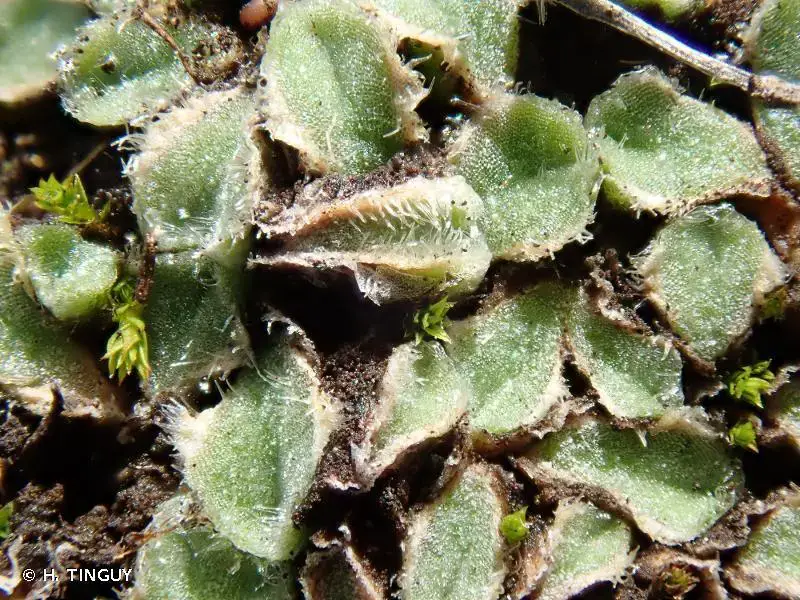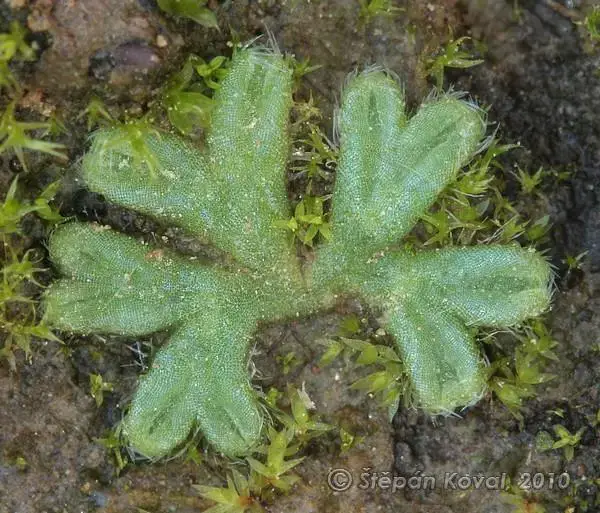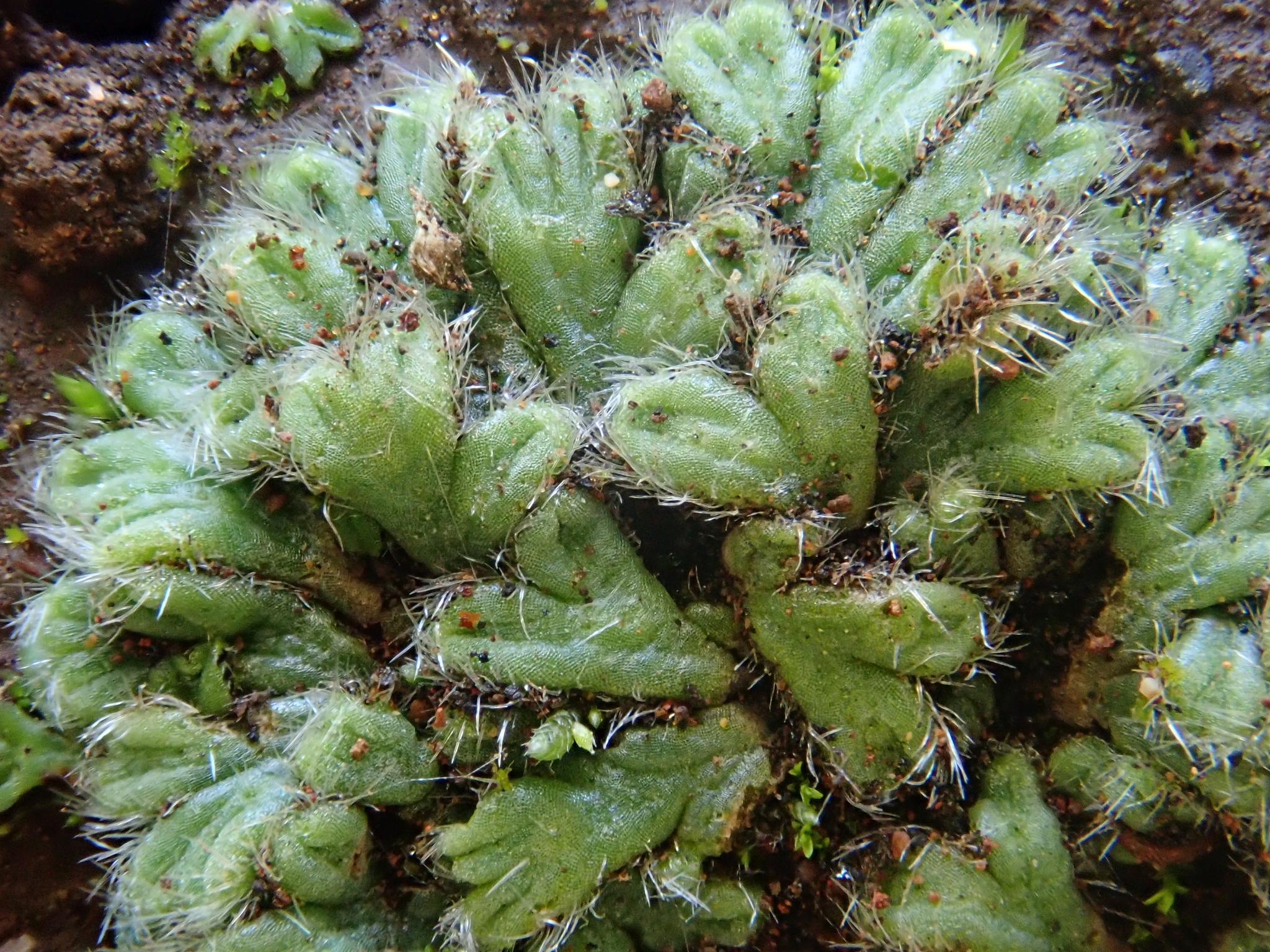
433613.jpg from: https://inpn.mnhn.fr/espece/cd_nom/6211
Introduction
In the vast and captivating world of bryophytes, the Riccia ciliata Hoffm. moss stands out as a remarkable representative of the Ricciaceae family. This unassuming yet fascinating plant has captured the hearts of enthusiasts worldwide with its unique characteristics and ecological significance. Let’s embark on an engaging journey to unravel the secrets of this extraordinary moss.
Background
Before delving into the intricacies of Riccia ciliata Hoffm., it’s essential to understand its taxonomic classification. This moss belongs to the phylum Marchantiophyta (liverworts) and the class Marchantiopsida. Despite its common name, it is not a true moss but rather a complex thalloid liverwort, a group of plants that bridge the gap between algae and vascular plants.
Main Content
Morphology and Identification
Riccia ciliata Hoffm. is a thallose liverwort, meaning it grows in a flattened, ribbon-like form without distinct stems or leaves. Its thalli are typically green to bluish-green in color and can reach up to 2 cm in length. One of its most distinctive features is the presence of cilia

345_Riccia_ciliata_2010_08_20_img_7314.jpg from: https://www.bryo.cz/index.php?p=mechorosty_foto&site=default&gallery=riccia_ciliata&id=345
(hair-like projections) along the margins of the thallus, which gives it a fringed appearance.

original.jpeg from: https://www.gbif.org/es/species/7958926
Global Distribution and Habitat
This remarkable liverwort has a cosmopolitan distribution, meaning it can be found on almost every continent except Antarctica. It thrives in a wide range of habitats, including disturbed areas, agricultural fields, lawns, and sidewalk cracks. Riccia ciliata Hoffm. is particularly well-adapted to colonize temporarily moist or seasonally dry environments, making it a true survivor in the plant kingdom.
Ecological Roles and Adaptations
Despite its diminutive size, Riccia ciliata Hoffm. plays a crucial role in various ecosystems. It contributes to soil formation and moisture retention, creating favorable conditions for other plants to establish themselves. Additionally, this liverwort serves as a pioneer species, rapidly colonizing disturbed areas and paving the way for more complex plant communities to develop.
One of the remarkable adaptations of Riccia ciliata Hoffm. is its ability to undergo desiccation (drying out) and revive when moisture becomes available again. This remarkable trait, known as poikilohydry, allows the liverwort to survive in harsh, arid environments and quickly resume growth when conditions improve.
Case Studies/Examples
In a study conducted in the United Kingdom, researchers found that Riccia ciliata Hoffm. played a crucial role in stabilizing soil and preventing erosion in areas affected by mining activities. Its ability to rapidly colonize disturbed sites made it an invaluable ally in ecological restoration efforts.
Technical Table
| Characteristic | Description |
|---|---|
| Phylum | Marchantiophyta |
| Class | Marchantiopsida |
| Family | Ricciaceae |
| Genus | Riccia |
| Species | Riccia ciliata Hoffm. |
| Thallus | Flattened, ribbon-like, green to bluish-green |
| Margin | Ciliate (fringed with hair-like projections) |
| Habitat | Disturbed areas, agricultural fields, lawns, sidewalk cracks |
| Distribution | Cosmopolitan (found on almost every continent except Antarctica) |
| Adaptation | Poikilohydry (ability to revive after desiccation) |
Conclusion
The Riccia ciliata Hoffm. moss, or rather the thallose liverwort, is a true marvel of nature. Its ability to thrive in diverse environments, its pioneering role in ecosystem development, and its remarkable adaptations make it a fascinating subject of study. As we continue to explore the intricate world of bryophytes, this unassuming plant reminds us of the incredible resilience and beauty that can be found in the smallest of organisms. Perhaps the next time you encounter a patch of green on a sidewalk crack, you’ll pause and appreciate the incredible journey of the Riccia ciliata Hoffm..